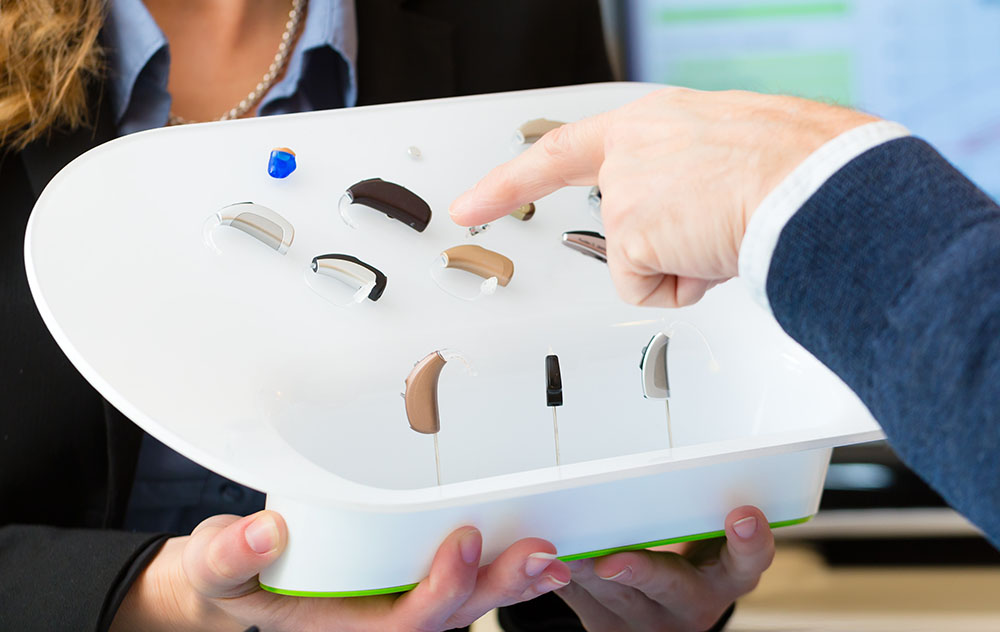
Hearing Aid Types to Select From
When it comes to hearing aids, there are many different types that are available on the market. Hearing aids come in different shapes, styles and colors. The one that is right for you will depend on your individual needs and preferences.
To choose a hearing aid that is good for you, you should first meet with your audiologist to make sure you understand which hearing aids will be best for your hearing impairment. You will also need to figure out what your budget is for hearing aids. However, once you have done these things, you will be able to select a hearing aid. Here are some of the most popular hearing aids that you can select from.
Completely in canal (CIC)
These hearing aids are very, very small and they fit in the ear canal. Unless a person is specifically looking for them, they are almost impossible to notice. This offers enhanced cosmetic appeal. However, due to their tiny sizes, CIC hearing aids are not recommended for individuals with dexterity issues. These hearing aids are for people with mild-to-moderate hearing loss.
In the canal (ITC)
ITC hearing aids are slightly larger than invisible in the canal hearing aids. This enables them to have a longer battery life and features like a volume wheel. They are not as discreet as IIC hearing aids, but they are more powerful. These hearing aids are recommended for people with mild-to-moderate hearing loss.
In the ear (ITE)
ITE hearing aids still offer privacy, however, they’re larger than CICs, which makes them easier to handle, clean and maintain. This makes them ideal for individuals with dexterity issues. Additionally, these hearing aids generally offer a variety of features due to their size and are suitable for individuals with mild-to-moderately-severe hearing loss.
Behind the Ear (BTE)
These hearing aids are designed for people with mild-to-profound hearing loss. They have a casing that goes behind the ear, while sound is fed through a very clear tube down into a tip placed in the ear canal. BTE hearing aids are larger in size than the other devices, however, they offer a plethora of options and features, making them easy to tailor to each individual’s needs.
Before settling on a hearing aid style you think is right for you, talk to your audiologist about what features are most beneficial for your hearing loss. Your audiologist will recommend a hearing aid that meets your lifestyle, budget, hearing loss and aesthetic needs.

